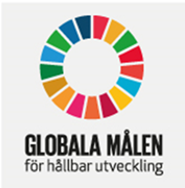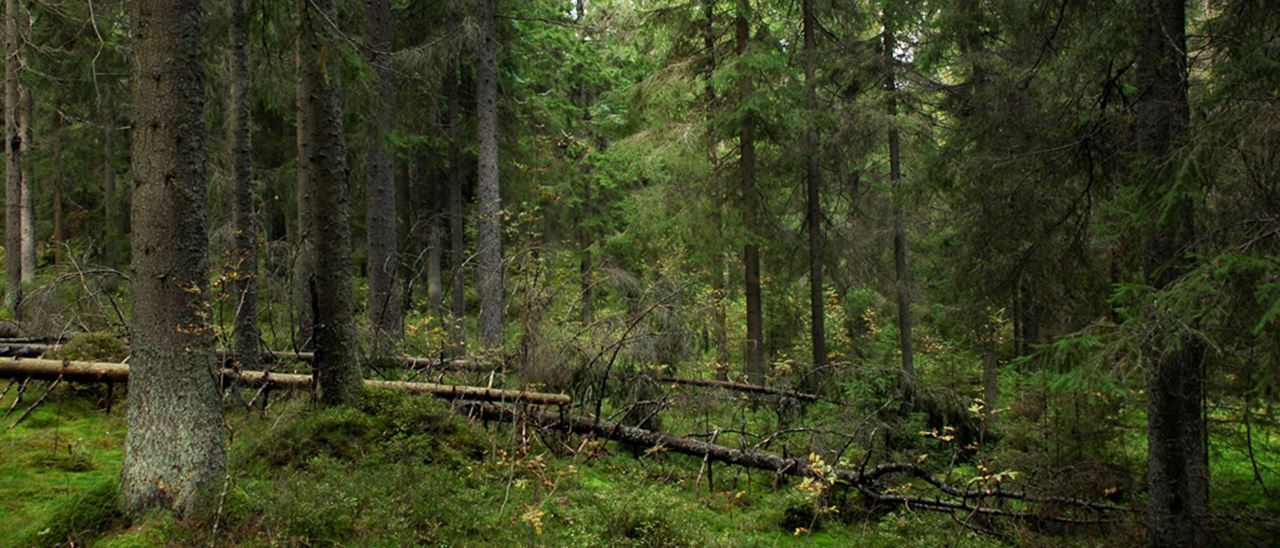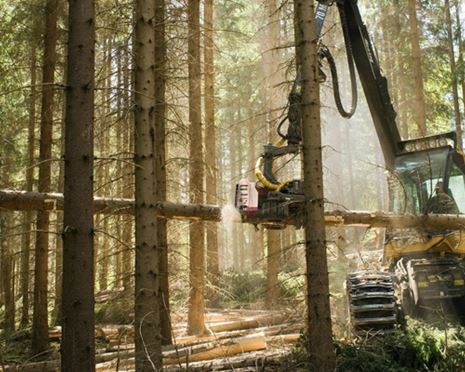Sustainability
Sveaskog manages its forests in a responsible and profitable way, such as to constantly promote diversity, increase competitiveness and enhance value for future generations. The climate and social benefits of forests should also be maintained and developed, and we strive at all times to progress and continue learning from science and experience.
Sveaskog analyses the 17 Sustainable Development Goals in the 2030 Agenda, the UN’s framework for sustainable development, to identify the goals that the company’s operations affect and contribute to. Our analysis also includes identifying business opportunities that contribute to the achievement of the SDGs.
Sveaskog reports on its sustainability by reference to the guidelines of the Global Reporting Initiative (GRI). The guidelines are a way of managing work on sustainability within the organisation, and of transparently describing the business and challenges, reporting on goal fulfilment and providing more information about the company.
Sveaskog’s forests play an important role in climate change mitigation, as trees absorb carbon dioxide and bind carbon, which counteracts the human impact on the climate. Read more about the climate benefits of forests.
The Global Compact
Sveaskog supports the UN’s Global Compact (GC) initiative and thus takes a clear position on issues relating to human rights, social conditions, environmental responsibility, the right to form trade unions and anti-corruption.
Sveaskog is working on the specifics of how the principles of the Global Compact are reflected in its operations. A Communication on Progress (CoP) is provided annually to the Global Compact.
Stakeholder and materiality analysis
The purpose of the materiality analysis is to identify and prioritise the areas in which Sveaskog has a significant impact on the environment, people and the economy. The prioritised sustainability issues also take into account what stakeholders expect and what they consider important for Sveaskog to address. The results of the year’s materiality analysis thus reflect the shift that has taken place among Sveaskog’s stakeholders, where sustainable forest management, climate adaptation of forests and forest land and increased biodiversity has assumed higher priority in several stakeholder groups.
The materiality analysis forms the basis of Sveaskog’s work on strategic sustainability and sustainability reporting in accordance with GRI Standards 2016. Sveaskog’s sustainability work is playing a part in the achievement of the 2030 Agenda and the Swedish and international environmental goals. Sustainable forestry lies at the heart of everything Sveaskog does, and so sustainability issues are fully integrated into the company’s strategic work. The goals of the 2030 Agenda and Sweden’s environmental quality goals as impacted by Sveaskog’s operations are described in the Annual Report.
Sveaskog’s priority stakeholders
- Customers
- Owner
- Lending institutions, creditors
- Employees
- Contractors
- Timber suppliers
- Tourism entrepreneurs, hunters, fishermen and others
- The reindeer industry
- Government agencies
- Nature conservation organisations

Biodiversity
- All forestry and transport activities can impact on biodiversity. Sveaskog therefore works on nature conservation measures encompassing everything from landscapes to individual forests, as well as for trees and tree groups that are felled.
- Conservation management is the umbrella term for a wide range of different methods that Sveaskog uses, all of which aim to maintain or develop biodiversity in the forest.
- Sveaskog also works on decontaminating contaminated sites.
- Read more about Sveaskog’s work in biodiversity under the Sustainable Forestry Programme.



